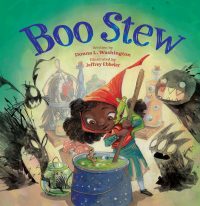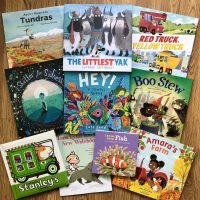
Dear Reader,
As a child, reading for the joy of reading was not a part of my everyday reality. Around the house we had a few Dr. Seuss books and Berenstain Bears, but sadly, we didn’t have many books that featured people who looked like me. We definitely didn’t have books written and/or illustrated by people who looked like me. Had those books existed, maybe the dream of becoming a published author would have happened way before I hit my mid-forties.
I became an avid reader as a young adult, after discovering classic Black authors like Richard Wright and Claude Brown, authors who wrote about Black boys. I also loved biographies, especially of Frederick Douglass and Malcolm X, and the more contemporary memoirs of Nathan McCall and Antwone Q. Fisher. These stories featuring Black men made me feel seen, valued, important, in ways that Dick and Jane simply did not.
Knowing about my love of biographies, a few years ago my mom mailed to me a copy of The Biographical Dictionary of Black Americans by Rachel Kranz. It was a battered old library book, something she likely discovered while rummaging at a garage sale. While reading the book one day, I came across the name of William Still, “leader of the Underground Railroad.” He was a free Black man who worked for the Pennsylvania Anti-Slavery Society, assisting freedom-seeking people who were escaping their enslavers in the South. William Still eventually began to keep meticulous records about the freedom seekers who passed through his office, documenting their personal stories, with the goal of helping to reunite families torn apart by slavery. One of those stories included the harrowing escape of Henry “Box” Brown, who had mailed himself to freedom. There was the story of Harriet Tubman who arrived one night with six “passengers.” And the story of William and Ellen Craft, who escaped to the North in disguise. William Still hid those stories in a cemetery vault. Wow!—Thanks to my mom, I’d discovered the subject of my next book!
The more I researched and learned more about William Still, the more impressed I became. He was one of the most successful abolitionists of his time. He was a fighter for Civil Rights. He started a YMCA for Black kids. So why his relative obscurity? And why have I always associated the abolitionist movement with white people—most often, Quakers—and not free Black people, without whom the Underground Railroad could not have existed, much less been successful?
The Underground Railroad truly united Blacks and whites in a common cause—the liberation of enslaved Black people. But after slavery ended, many of those white abolitionists went on to publish idyllic stories about the Underground Railroad, centering themselves as the saviors and downplaying the contributions of Black people.
Let me say it again: the Underground Railroad could not have existed without the support of free Black people, Black churches, Black organizations. These stories went mostly untold.
I am proud to say that William Still and His Freedom Stories: The Father of the Underground Railroad is an #OwnVoices title—#OwnVoices being a social media hashtag which seeks to highlight the need for more authentic, diverse authors and stories that haven’t been filtered through the eyes of people who’ve not historically been marginalized. I wrote this book in the spirit of Frederick Douglass, Richard Wright, and Nathan McCall, with the hope that it will inspire young readers in the way these writers inspired me many years ago.
I want to thank you for your valuable time in reading my book, a story much bigger than I—or William Still, for that matter. And I hope you’ll want to share this important journey with young readers as much as I do.
Sincerely,
Don Tate














Leave A Comment
You must be logged in to post a comment.